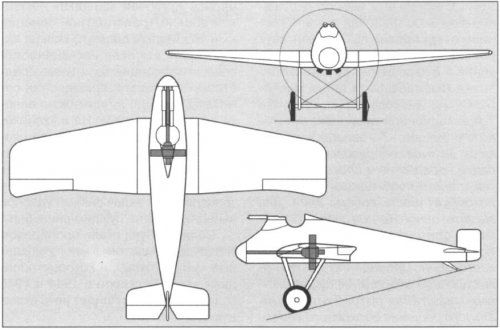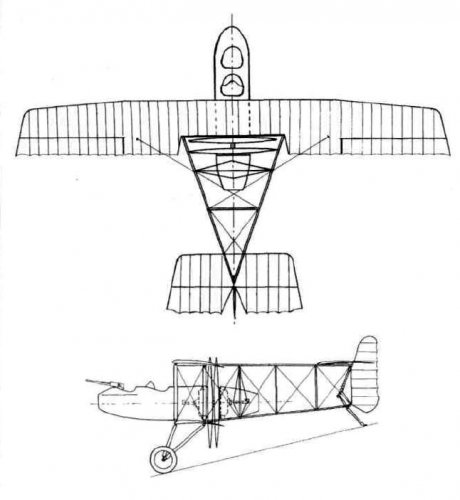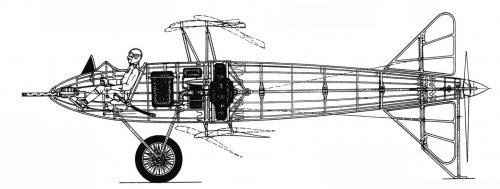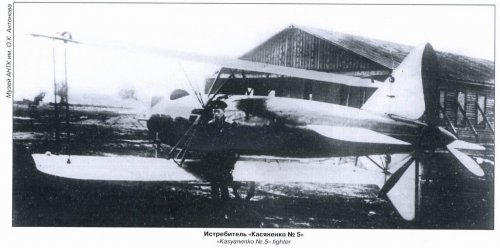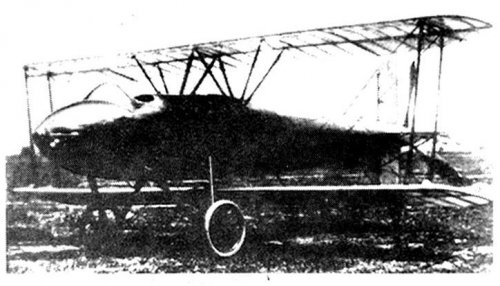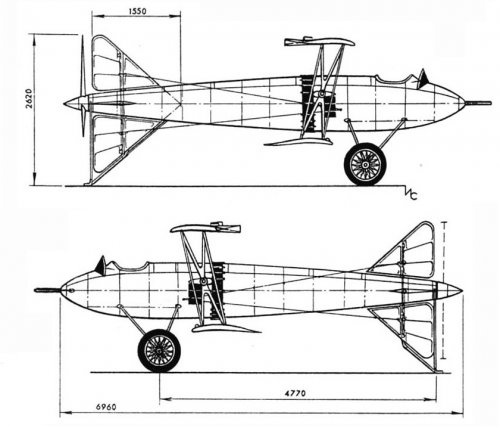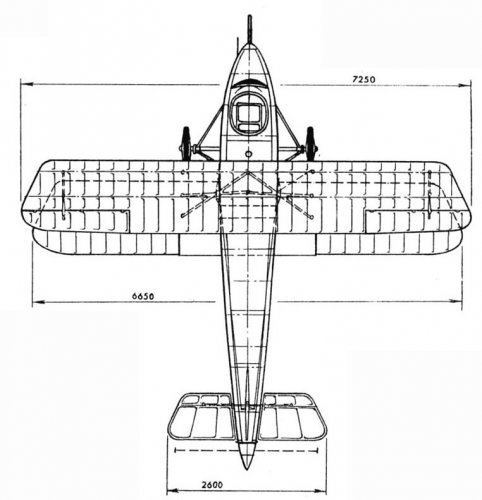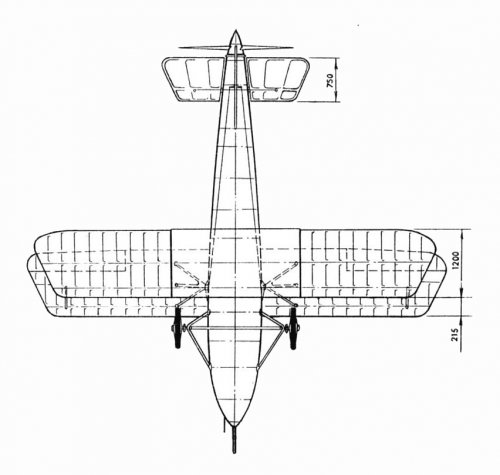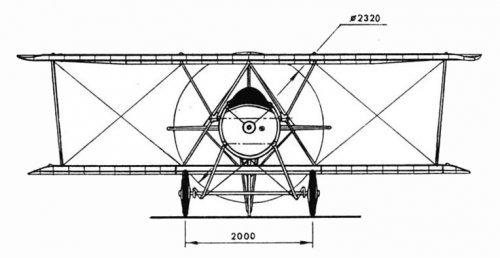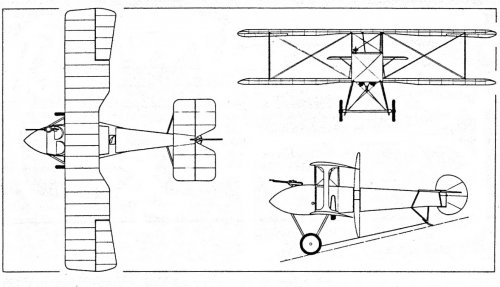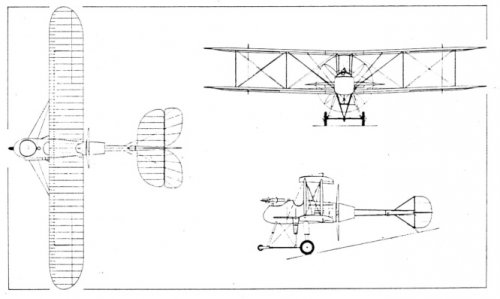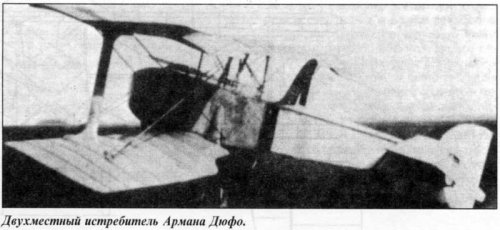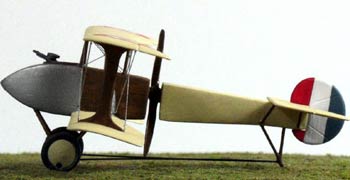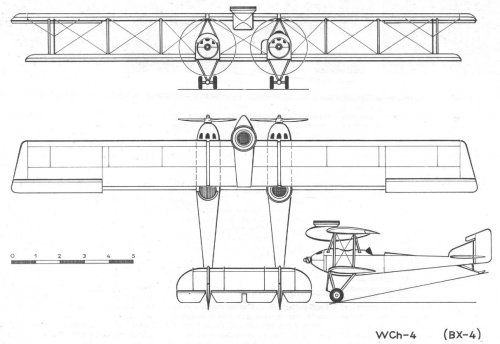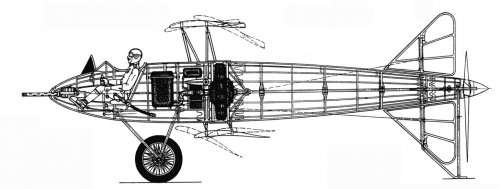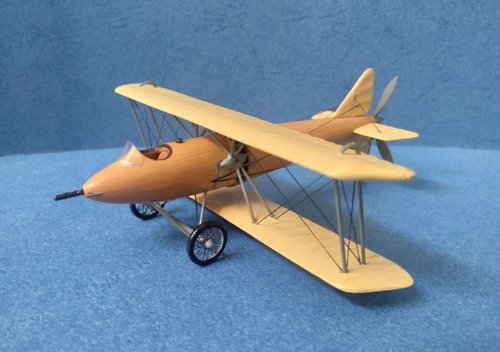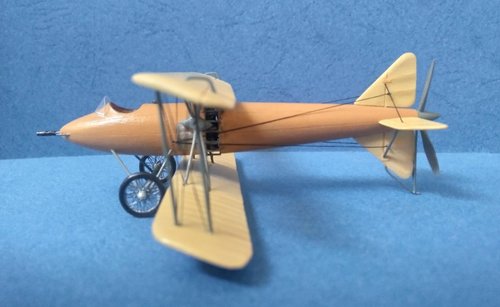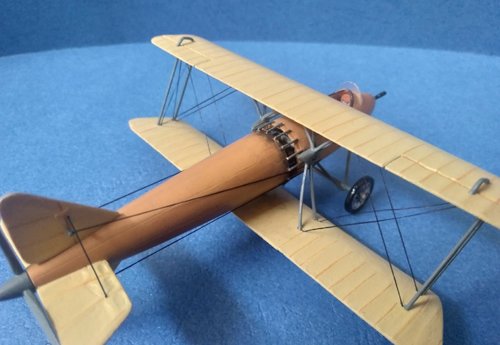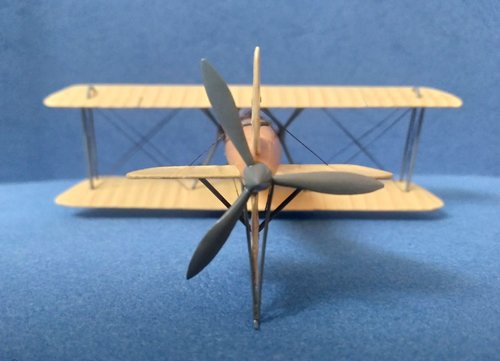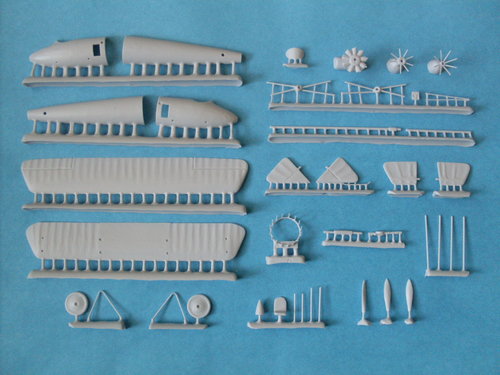Kasyanenko KPI-5 and others... or Luft'19/II
Several projects WWI united by one common desire to improve agility/ manoeuvrability, relegating the engine to the abaft cockpit, near the center of mass of aircraft:
1) Junkers J-5 II
2) Draft airplane M. Yefimov's of 27.8.1916
3) Airplane brothers Kasyanenko KPI-5
Sources: «Wings of the Motherland» № 2 2002
«Tech and arms» № 3-4 1995
Several projects WWI united by one common desire to improve agility/ manoeuvrability, relegating the engine to the abaft cockpit, near the center of mass of aircraft:
1) Junkers J-5 II
2) Draft airplane M. Yefimov's of 27.8.1916
3) Airplane brothers Kasyanenko KPI-5
Sources: «Wings of the Motherland» № 2 2002
«Tech and arms» № 3-4 1995

